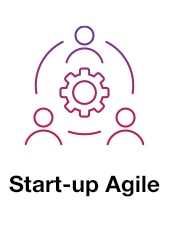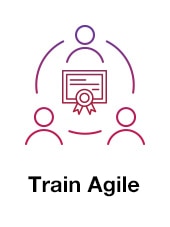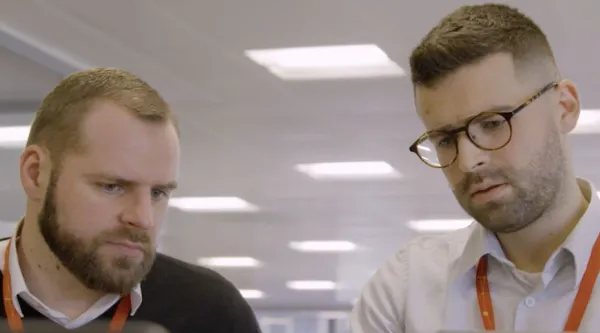Stephen
joined
CGI
in
2022
to
be
part
of
the
team
leading
the
Agile
Digital
Services
practice
in
the
UK.
He
is
a
specialist
in
Agile
and
...
Dave
is
a
Senior
Consultant
and
Agile
Coach
within
CGI’s Agile
Digital
Services
practice
in
the
UK.
He
is
a
seasoned
Transformation
and
Change
leader
with
extensive
experience
spearheading
complex
portfolios
and
programmes
across
the
public
and
private
sectors,
including
defence,
...
Douglas
is
an
agile
leader
and
manager
within
the
Agile
Digital
Services
practice
in
the
UK.
He
is
a
specialist
in
developing
and
delivering
products
and
services
within
the
health,
local
government
and
social
care
sectors.
His
experience
...
Lisa
joined
CGI
in
2022
as
a
Scrum
Master
within
the
Agile
Digital
Services
team.
She
has
experience
working
in
Utilities,
Financial
IT
and
Engineering
...
Aston
is
a
Product
Owner
within
our
Agile
Digital
Services
practice
in
the
UK,
where
he
encourages
and
supports
a
Behaviour-Driven
Development
approach.
...

























